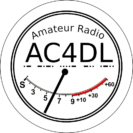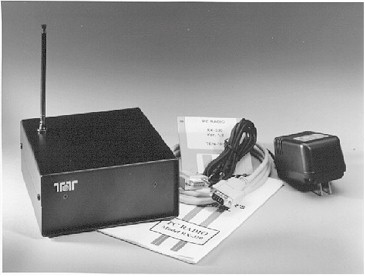The idea of creating a compact HF/Shortwave receiver came up during development of the RX-330. During that development there were various PC based control programs developed for testing. So having a GUI controlled PC radio just felt like the logical next step.
Like the RX-330, the RX-320 was based on the Analog Devices 2100 series DSP Processor. The RF Section was designed by Lee Jones and Jack Burchfield and I developed the DSP programs and the PC GUI, which was developed using Microsoft Visual C and Microsoft Foundation Class libraries.
Like the RX-330, the RX-320 was PROM based, not FLASH based so any field updates would require a chip change. As it turned out, the radio never needed a DSP upgrade and would be the only Ten-Tec product that had the same version of firmware from day one to the last shipment.
The RX-320 was well received, pun intended, and Ten-Tec would sell well over 10,000 units.
There were several derivatives of the RX-320 created to customer specific requirements and though not sold directly by Ten-Tec, many of these units have be found in the surplus market.
Derivatives include the RX-321, a higher performance, higher stability version in a mountable enclosure. This was developed for Globe Wireless to be a component in their Maritime HF-Email system.
The RX-322 was similarly high performance and stability mounted on a card that fit into a mainframe consisting of multiple cards. A unique feature of these cards was their ability to be synchronized together to ensure the same Local Oscillator and DSP signal phase across multiple units.
Surely the most unique variation is the POTS-320, which added a telephone interface. The radio was connected to telephone wall jack and would answer when called. It was controlled by numeric sequences on the handset of the caller and had voice enunciation for feedback.
For a detailed description of the RX-320 hardware and DSP processing, see the July 2004 edition of Popular Communications.

